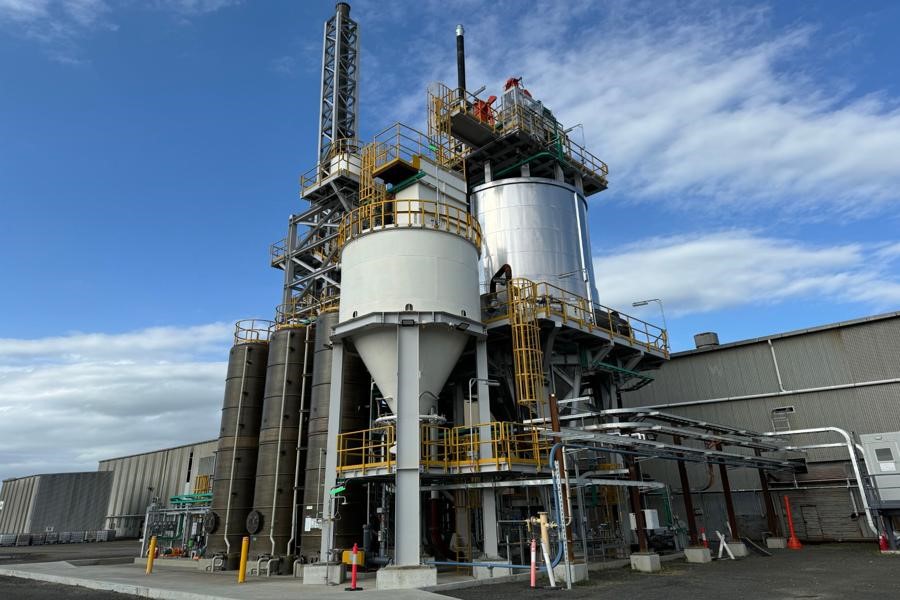We use cookies to give you a better experience on our website. Learn more about how we use cookies and how you can select your preferences.
Latrobe Magnesium – extracting magnesium from Australia's brown coal waste

Latrobe Magnesium’s demonstration plant in the Latrobe Valley has paved the way for a commercial facility.
The R&D Tax Incentive has helped us achieve our objectives, otherwise we wouldn't have been able to get there.
Company profile
Company: Latrobe Magnesium Limited
Sector: Mineral processing
Location: Latrobe Valley, Victoria
Profile: Latrobe Magnesium (LMG) is establishing a magnesium production plant in Victoria's Latrobe Valley. Using a patented extraction process, the plant will use brown coal waste to produce magnesium metal and a host of valuable by-products.
Why R&D is needed
Magnesium is a critical input into aluminium alloys for lightweight vehicles, aerospace, defence and other high-performance industries. As nations seek to reduce carbon emissions and diversify supply chains, global demand is increasing.
LMG CEO David Paterson explains, “China currently produces nearly 90% of the world’s magnesium. Our patented process positions Australia as a sovereign supplier of this essential metal, with a far lower environmental impact and a fully circular production model.”
The feedstock for LMG’s process is brown coal ash, an abundant waste product of historical power generation. Using hydrometallurgical and thermal processes, LMG extracts magnesium metal while converting 100% of the input into saleable materials such as concrete additives, iron oxide, char, agricultural lime and silica.
How the R&DTI helps
LMG has claimed the R&DTI since 2008. Over this time, the company has evolved from lab-based R&D to constructing a demonstration plant in Victoria’s Latrobe Valley – capable of producing 1,000 tonnes per annum of magnesium metal. Now the company is progressing to a commercial plant with the aim of upping production tenfold.
The R&D Tax Incentive has been essential for de-risking our early technical trials and continues to support our ongoing commercialisation activities. It makes every R&D dollar go further. That means more engineering hours, more lab validation, and more robust process design.
The company has used the R&DTI to expand collaborations with leading institutions including CSIRO and Monash University. These partnerships have helped LMG refine its hydrometallurgical process and validate critical steps in its production pathway.
Real-world impact
LMG estimates that its demonstration plant has created more than 50 permanent jobs in the Latrobe Valley, with hundreds of local trades personnel also involved in the construction project. The company forecasts its commercial plant will generate over 100 direct jobs, with hundreds more in logistics, construction, and support industries.
The environmental benefits are also significant with LMG promoting its process as sustainable. This is due to it eliminating tailings, recycling problematic coal ash stockpiles, and producing magnesium with up to 70% fewer carbon dioxide emissions.
LMG has identified a global market for its process, with future licensing opportunities around the globe where suitable brown coal ash deposits have accumulated.
-
Visit Latrobe Magnesium's website for more information.
Latrobe Magnesium